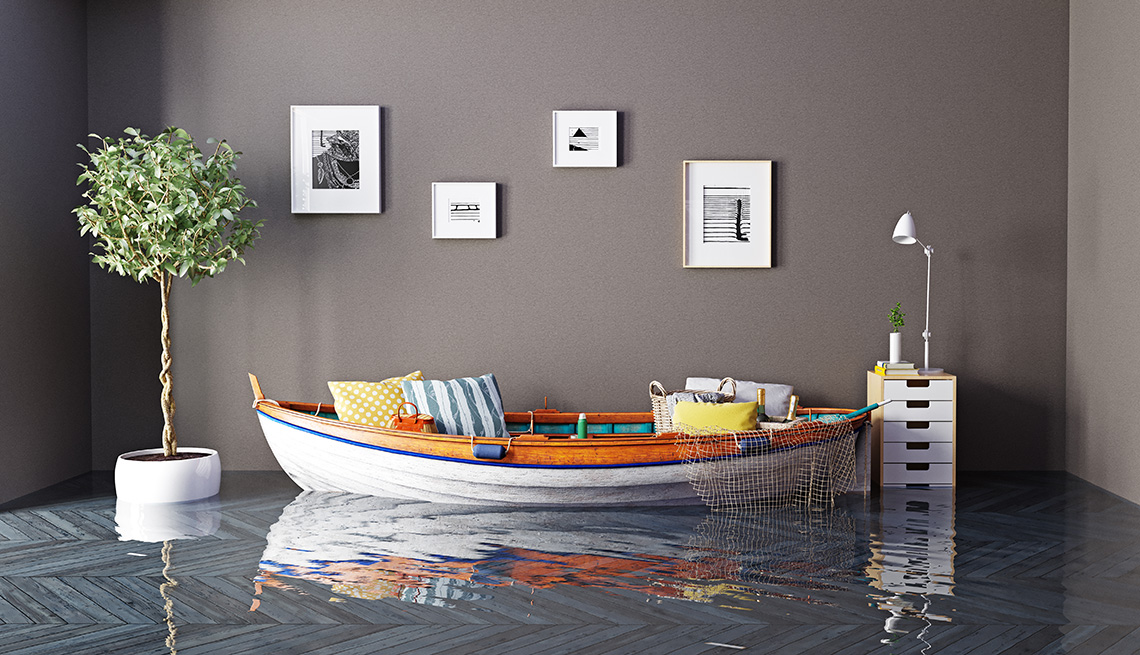Play all audios:
2. HOMEOWNERS INSURANCE MAY COVER ADDITIONAL DAMAGE For example, you might purchase an endorsement or a rider to your homeowners policy to protect your sump pump. Policies and riders may
differ, so read the fine print. 3. FLOOD INSURANCE HAS TWO COMPONENTS: BUILDING AND CONTENTS Building covers the structure, core systems like electrical and air-conditioning, heating
appliances like stoves and built-in appliances such as dishwashers. There’s also a benefit amount for debris removal after a flood. Contents covers most of the personal movable items in your
home, with limits for valuables like artwork and jewelry. Your flood insurance policy will pay benefits for building coverage at replacement cost up to your policy limits and for contents
at actual cash value, says Jude Boudreaux, a certified financial planner at the Planning Center in New Orleans, who has vivid memories of hurricanes Katrina and Ida. “So if you paid $1,000
for a sofa several years ago, you’ll likely only get a few hundred for it today,” he says. “If you have a basement, check with your agent to determine if there are limitations for items in
below-grade rooms.” 4. FLOOD INSURANCE HAS LIMITS AND EXCLUSIONS Flood insurance does not cover personal vehicles and exterior items like fences or hot tubs, Boudreaux adds. “And it does
not provide a ‘loss of use’ benefit to pay for temporary housing,” he says. 5. THE MAXIMUM COVERAGE VARIES The coverage limits are $250,000 for the building and $100,000 for the contents.
Commercial structures can be insured up to $500,000 for the building and $500,000 for the contents. Typically, building and contents insurance are purchased separately, with separate
deductibles. Again, check your policy for the details. 6. THE COST DEPENDS ON A FEW FACTORS FEMA says the median cost of flood insurance for a single-family home is $786 per year, with
houses in low- to moderate-risk areas averaging $400 to $500 a year, according to the most recent estimates. Among the factors that will determine your premium are the flood risk (your flood
zone), the deductible, the amount of building and contents coverage, the design and age of the structure, and the elevation. Increasing your deductible, elevating your property or
installing flood openings may lower the cost. How do you buy a flood insurance policy? The NFIP has partnered with more than 50 insurance companies and agents across the country to offer the
same NFIP-regulated rates. To find out more, go to floodsmart.gov.

